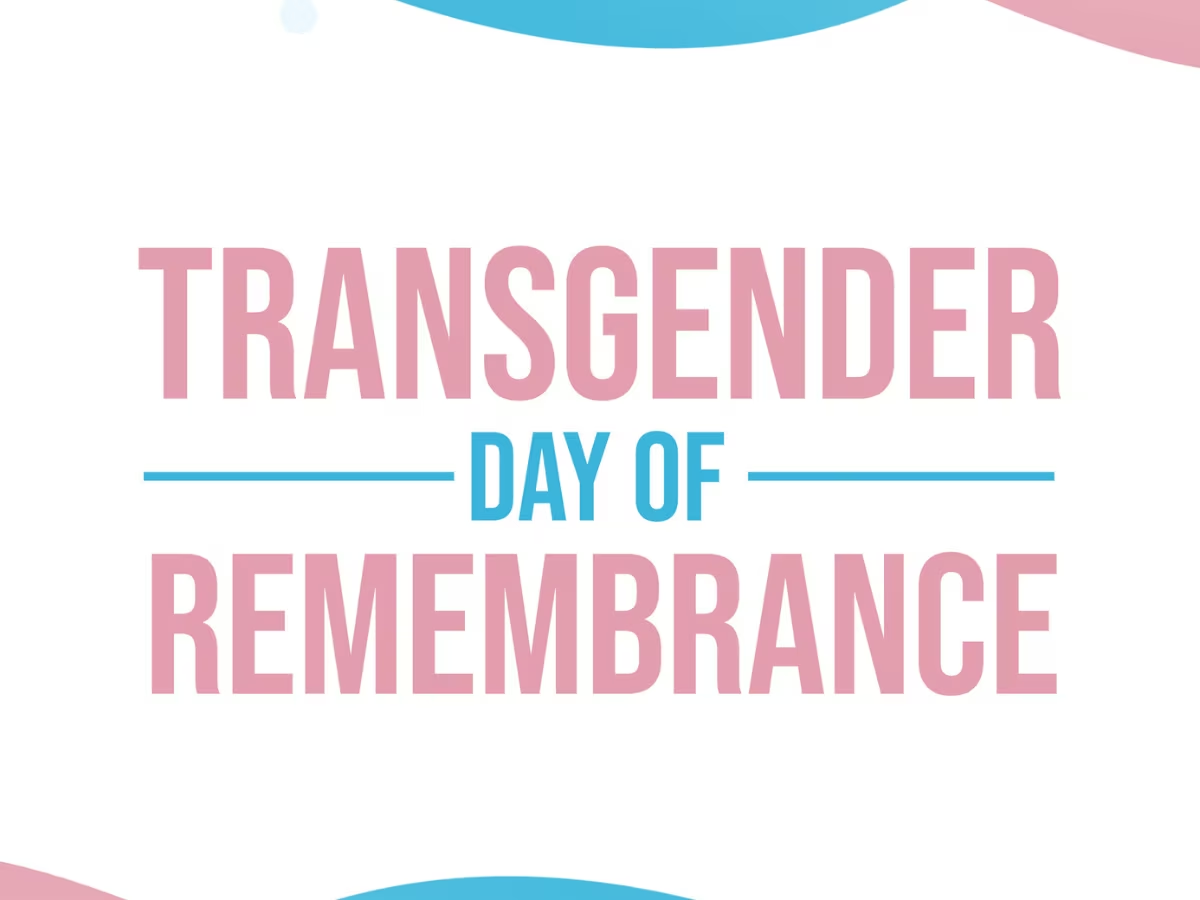On November 12th, SEA WAVES Founder and Retired U.S. Navy Senior Chief Leah Stiles and Monte Nido Rosewood Tempe Clinical Director and Retired Air Force Chief Nutritional Medicine Officer Grace Melrose, RD, LD, CEDS, presented “Eating Disorders in the Military & Veteran Communities,” exploring how eating disorders develop and persist within military populations and how professionals can help bridge the gap between awareness and recovery.
Eating disorders are often called “silent wounds,” and in military and veteran communities, that silence runs deep. The culture of discipline, performance, and endurance that defines military life can also create powerful barriers to seeking help.
{{blog-button="/cta-buttons"}}
Understanding the Scope of Eating Disorders in the Military
Eating disorders are the second-deadliest psychiatric disorder after opioid use disorder, taking one life every 52 minutes. About 9% of Americans (28.8 million people) will experience an eating disorder in their lifetime. For service members, disordered eating is directly tied to mission readiness, injury risk, and suicide.
- Up to one-third of veteran women and one-fifth of veteran men report symptoms consistent with an eating disorder (Tanofsky-Kraff et al., 2021)
- Suicide is the leading cause of death among those with eating disorders
- Female service members and veterans experience rates of eating disorders up to three times higher than civilian peers
These numbers highlight an urgent need for culturally responsive, trauma-informed care within military and veteran health systems.
How Military Culture Shapes Eating Behaviors
The military’s emphasis on physical standards and fitness readiness can unintentionally promote disordered behaviors around food and body image. Strict body composition tests, including BMI and the “tape test,” can determine promotions, career advancement, or discharge.
According to Schvey et al. (2017), weight stigma among active-duty personnel contributes to body shame and “make weight” behaviors such as restriction, dehydration, and purging before weigh-ins. Arditte Hall et al. (2020) found that disordered eating symptoms are often misinterpreted as discipline instead of distress.
Common patterns of eating disorders in the military include:
- Starvation or dehydration before fitness assessments
- Compulsive or excessive exercise
- Restrictive, rule-bound eating labeled as “self-control”
- Shame or secrecy about body composition results
Passing a physical test does not equal health. What appears to be discipline can mask malnutrition, organ strain, or emotional distress. In many cases, what is rewarded as “readiness” may actually signal a health crisis (Schvey et al., 2017).
The Cost of Silence Around Eating Disorders in the Military
When performance defines identity, admitting struggle can feel dangerous. Service members who fail to “maintain standards” may be punished, demoted, or discharged. For many, these are not discipline problems but medical crises.
“If I get diagnosed, I lose my clearance, my rank, or my identity.”
This fear drives secrecy, keeping eating disorders hidden and untreated. Without intervention, many spiral into depression, substance misuse, or suicidality. The silence is not indifference; it is self-protection.
Beyond the Uniform: Transition Stress and Identity
Leaving the military can mean losing structure, purpose, and community. In that loss, eating behaviors often become coping tools - ways to regain control or numb pain. Transitions such as deployment, relocation, promotion, or retirement are high-risk periods for developing or worsening disordered eating.
Key takeaways for professionals:
- Screen proactively during major transitions
- Understand that loss of structure and identity can increase vulnerability
- Use nonjudgmental, culturally sensitive language to reduce shame
Barriers to Eating Disorder Care in Military and VA Systems
Despite increasing awareness, systemic barriers still prevent many service members from accessing effective eating disorder treatment.
- TRICARE coverage gaps leave out specialized eating disorder programs
- Few VA and military clinicians receive training to recognize eating disorders
- Policies may treat eating disorders as disciplinary issues, not medical ones
As a result, many service members and dependents never receive the level of care they need, particularly at residential or trauma-focused programs.
Policy Reform and the SERVE Act
The SERVE Act (H.R. 1309/S. 194) represents a major step toward bridging these gaps. The legislation seeks to:
- Expand TRICARE coverage without age limits for dependents
- Ensure access to all levels of eating disorder care, including inpatient, residential, PHP, and outpatient treatment
- Require clinical guidelines for eating disorder treatment across the Department of Defense
- Provide education for military leaders to recognize, refer, and support service members at risk
These updates bring military coverage closer to civilian parity standards and represent meaningful progress toward equitable mental health care for military families (Arditte Hall et al., 2020).
Trauma, PTSD, and Comorbidities in Military and Veteran Populations
Trauma is central to understanding eating disorders in military and veteran populations. Many service members experience PTSD, combat stress, survivor’s guilt, or Military Sexual Trauma (MST), all of which can manifest in disordered eating patterns.
Common co-occurring conditions include:
- PTSD and survivor’s guilt
- Depression and anxiety
- Substance use disorders
- Traumatic brain injury (TBI)
For some, food restriction or bingeing becomes a way to communicate pain when words are not possible. Effective treatment requires addressing both trauma and the environment that shaped it (Blais et al., 2017; Higgins Neyland et al., 2020).
The Overlapping Crisis: Suicide and Eating Disorders in the Military
Up to 25% of individuals with eating disorders have attempted suicide. Among veterans and active-duty personnel, this overlap is intensified by stigma, trauma, and isolation.
Military Sexual Trauma (MST) can increase dissociation and body shame, leading to greater risk for self-harm. Emotional isolation and fear of disclosure delay intervention, reinforcing hopelessness.
Addressing suicide risk in this population requires a coordinated, trauma-informed approach that integrates both eating disorder treatment and suicide prevention frameworks.
A Call to Clinicians
Eating disorder professionals play a critical role in bridging the civilian–military care gap. By combining clinical expertise with cultural awareness, clinicians can foster trust and safety for service members seeking help.
Practical guidance:
- Ask about military service and transition experiences
- Use readiness or performance-based language when discussing health
- Apply evidence-based trauma modalities such as CPT, CBT, and DBT
- Collaborate with veteran service organizations and SEA WAVES-style networks
- Model empathy and curiosity, not judgment
When clients feel understood, they are far more likely to engage in care and move toward recovery.
Moving Forward with Hope
Eating disorders in the military and veteran community are serious but treatable. With continued research, policy reform, and clinician education, recovery is possible.
Progress begins with understanding. By acknowledging both the visible and invisible wounds of service, providers can help military personnel and veterans reclaim health, purpose, and identity.
{{blog-button="/cta-buttons"}}
Resources:
“Battle Scars & Body Wars: A Personal and Professional Journey Shining a Light on Eating Disorders in the Military” by SEA WAVES Founder and Retired U.S. Navy Senior Chief Leah Stiles. Expected release date is early 2026.
References
Arditte Hall, K. A., Bartlett, B. A., & West, J. J. (2020). Eating disorder symptom presentations in military service members: A systematic review and recommendations for future research. International Journal of Eating Disorders, 53(12), 1847–1865.
Blais, R. K., Brignone, E., Maguen, S., et al. (2017). Military sexual trauma is associated with post-deployment eating disorders among Afghanistan and Iraq veterans. International Journal of Eating Disorders, 50(7), 808–816.
Higgins Neyland, M. K., Shank, L. M., Burke, N. L., et al. (2020). Parental deployment and distress, and adolescent disordered eating in prevention-seeking military dependents. International Journal of Eating Disorders, 53(2), 201–209.
Schvey, N. A., Barmine, M., Bates, D., et al. (2017). Weight stigma among active-duty U.S. military personnel with overweight and obesity. Stigma and Health, 2(4), 281–291.
Tanofsky-Kraff, M., Schvey, N. A., et al. (2021). Eating disorders and disordered eating in military and veteran populations. Military Health System Research Symposium (MHSRS).




.svg)



